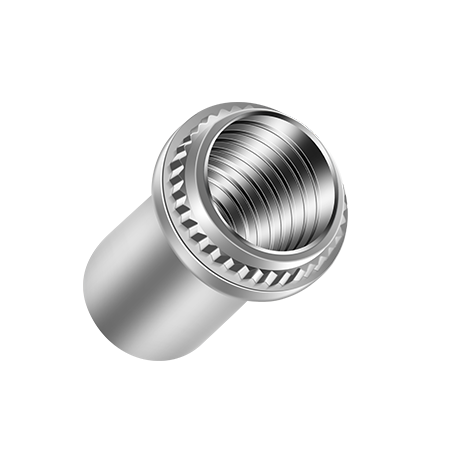Proper installation of Waterproof Nuts is essential to ensure optimal performance and longevity. In this guide, we'll discuss the methods and considerations for installing Waterproof nuts correctly, guaranteeing effective waterproofing in various applications.

Methods of Installation:
1. Clean the Surface: Before installation, ensure that the surface where the Waterproof Nut will be placed is clean and free of debris. Use a solvent or alcohol to remove any dirt, grease, or oil residue that may hinder the nut's sealing ability.
2. Apply Thread Sealant: Apply a thread sealant or waterproof adhesive to the threads of the bolt or screw before installing the waterproof nut. This sealant enhances the waterproofing properties by providing an additional layer of protection against moisture ingress.
3. Tighten Securely: Use the appropriate tools, such as a wrench or socket, to tighten the waterproof nut securely onto the bolt or screw. Avoid over-tightening, as this can damage the nut or compromise its sealing ability. Follow the manufacturer's recommendations for torque specifications to ensure proper installation.
4. Check for Proper Alignment: Ensure that the waterproof nut is aligned correctly with the mating surface and the bolt or screw. Misalignment can result in gaps or uneven pressure distribution, leading to potential leaks. Adjust the position of the nut as needed before final tightening.
5. Inspect for Damage: Before installation, inspect the waterproof nut for any signs of damage, such as cracks, chips, or deformities. Damaged nuts may not provide effective waterproofing and should be replaced immediately to avoid potential issues.
Considerations for Installation:
1. Compatibility: Ensure that the waterproof nut is compatible with the specific bolt or screw size and thread type. Using mismatched components can result in improper sealing and compromise the effectiveness of the waterproofing.
2. Environmental Conditions: Consider the environmental conditions in which the waterproof nut will be installed. Factors such as temperature fluctuations, exposure to moisture, and chemical exposure can affect the performance of the nut. Choose a waterproof nut that is designed to withstand the specific environmental conditions of your application.
3. Maintenance: Regular maintenance is essential to ensure continued effectiveness of the waterproof nut. Periodically inspect the nut for signs of wear, damage, or corrosion, and replace as needed. Additionally, reapply thread sealant as necessary to maintain the integrity of the seal.
4. Professional Installation: For critical applications or complex installations, consider hiring a professional installer with experience in waterproofing techniques. Professional installation can ensure proper alignment, torque, and sealing for optimal performance and reliability.
By following these methods and considerations for installing Waterproof Nuts, you can ensure proper installation and effective waterproofing in various applications. Proper installation is essential for maximizing the longevity and performance of waterproof nuts, providing reliable protection against moisture ingress.